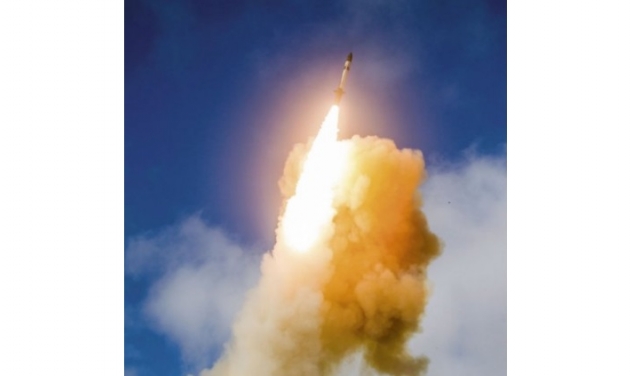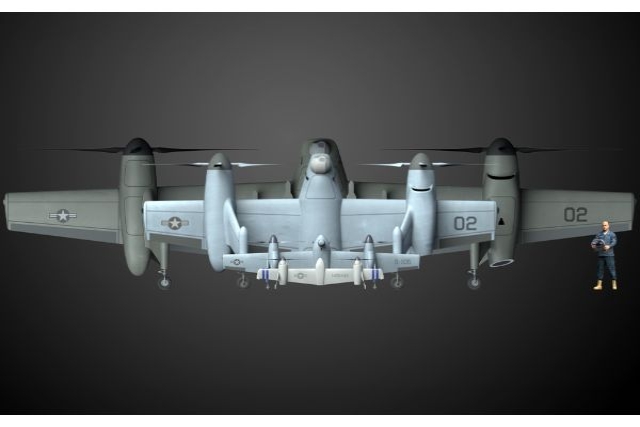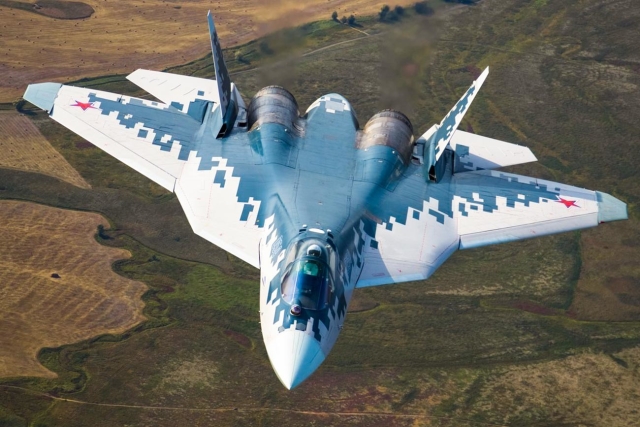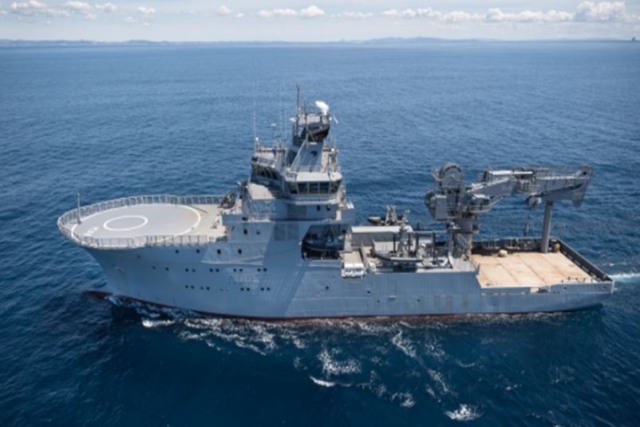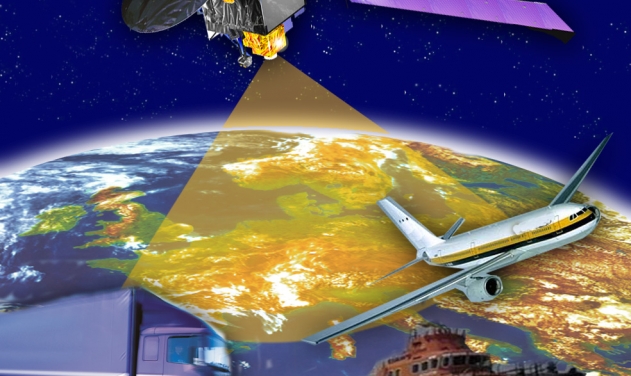US Missile Defense Agency Fires Two SM-6 Interceptors At Once
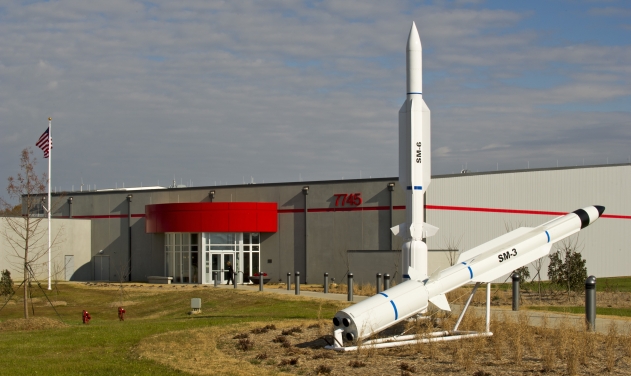
US Missile Defense Agency has test Fired 2 SM-6 Interceptors at once, using a new seeker technology as part of its efforts to improve the probability of target kill.
Using the "active seeker" technology, two SM-6 missiles were able to simultaneously track and destroy a single target. “If the threat takes a turn and does something weird and the first missile is unable to sense it and engage it, the second missile will," Mike Campisi, SM-6 Senior Director, Raytheon was quoted as saying by Scout Warrior.
The SM-6 uses "active" seeker, meaning it can send a signal or electromagnetic ping forward in addition to receiving them. This enables the weapon to better hit moving targets and fire in rapid succession. Electromagnetic signals, which travel at the speed of light, send a signal forward before analyzing the return signal to determine the shape, size, speed or configuration of an approaching threat.
Since the speed of light is known, and the time of travel is able to be determined, a computer algorithm is able to calculate the exact distance of an object. Portions of this technology are built into the SM-6, using software upgrades.
The "active seeker" gives the missile to better attack maneuvering or moving targets at sea, because it does not need to rely upon a ship-based illuminator to bounce a signal off a target for a merely "passive" seeker to receive.
The technology allows a ship commander to fire several SM-6 missiles in more rapid succession or closer to one another in the event that a target needs to be attacked with more than one missile.
SM-6 "active seeker" technology allows the missile to use its own built-in seeker technology to navigate without needing a ship-based illuminator.
The weapon has been established with an ability to knock out ballistic missiles approaching from the sky. More recently, the weapon has been developed for a number of new "offensive" missions including surface attacks against enemy ships or defensive intercepts against anti-ship missiles closer to the surface.
